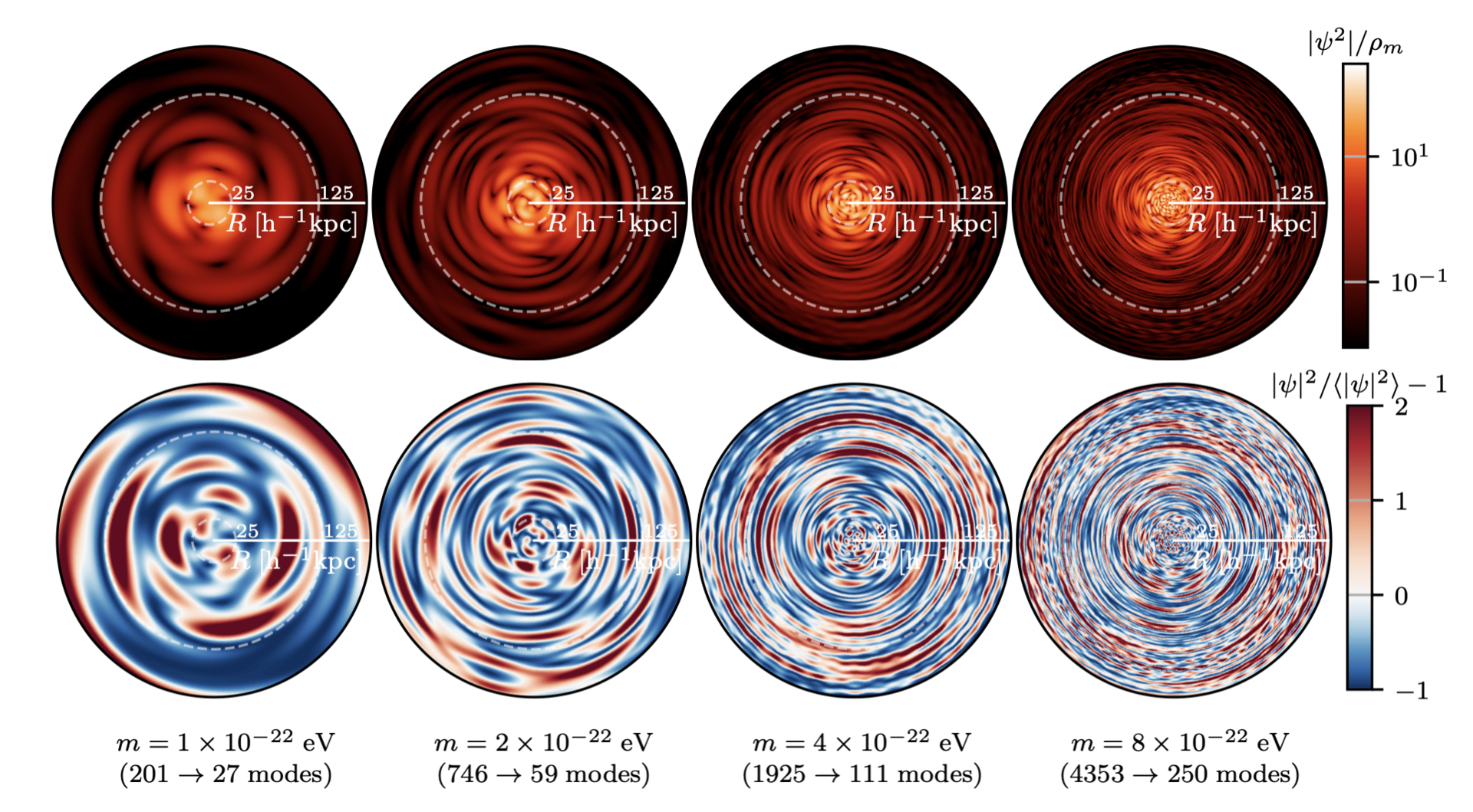
Axion-like particles (ALP) have emerged as a theoretically well motivated and phenomenlogically intriguing candidate for dark matter (DM), potentially alleviating shortcomings of the textbook cold dark matter scenario. At the dynamical level, ALPs obey the Schrödinger-Poisson (SP) system, a nonlinear wave equation that sources an array of quantum wave phenomena (power suppression, solitonic cores, quantum vortices and interference). If the ALP mass is ultralight (the Fuzzy Dark Matter regime) these phenomena manifest on astrophysically relavant scales. In this talk, I will focus on interference fringes in cosmic filaments --- a striking prediction of numerically challenging simulations of the SP equation. To this end, I will introduce "quasi-virial filaments" as a tractable limit of the cosmic filament population for which the reconstrcution of FDM interference can be achieved as the unification of existing interference schemes known from the fully virial halo case. The result will be fuzzylli --- a self-consistent surrogate model for of interference in FDM filaments. With fuzzylli at hand, I will analyse the implications for one and two point correlation functions in the presence of both power suppression and interference and discuss potential consequences for mass limits obtained from the Lyman-alpha forest.
